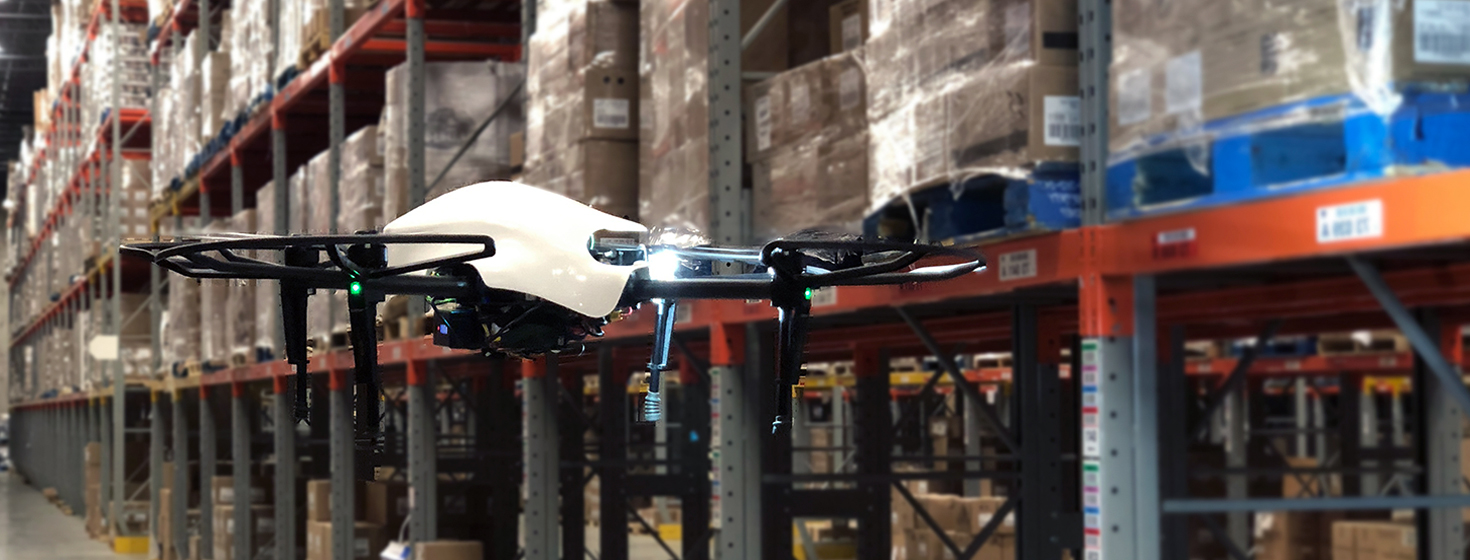Using the Right Technology For Your Inventory Management
Warehouse Drones for Inventory Identification
Accurate and reliable data is essential to efficient and effective business operations.
Inventory management represents a significant portion of assets in a business.
Therefore, managers and other decision-makers need to accurately and timely know how much inventory there is and where it is located in order to make effective budgeting, operating, and financial decisions.
Companies that carry a significant amount of inventory are continually looking for innovative logistics solutions to improve the overall efficiency and effectiveness of their inventory checking process.
While some companies stop operations to carry out a full physical inventory check, others perform more targeted checks, with cycle counts in areas that deal with high-value or high-volume products.
Regardless of your approach, it often means that there is a team of individuals roaming the warehouse manually checking for inventory.
This can be time-consuming, expensive, disruptive, require equipment (people lifts), and exposes people to safety risks.
Most important of all, inventory accuracy is never guaranteed due to the verification process being manual, coupled with the time taken to execute.
Inventory Robotics: Automated Cycle Counting
Automatic identification and location of hard-to-reach inventory in warehouses
PINC’s UAS (Unmanned Aircraft System) is called PINC AIR, Aerial Inventory Robots™.
This warehouse drone solution allows companies to apply drone technology, coupled with advanced optical, RFID, and barcoding sensor capabilities, to significantly improve the operational effectiveness and efficiency of warehouse inventory cycle count.
The warehouse drone can be ordered by the operator to perform automatic inventory checks throughout the facility, accurately identifying inventory in put-away locations, at the frequency of your choosing.
Moving the process of information capture into the air provides on-demand checks of logistics inventories and avoids the time, expense, and risk of using a people lift to access difficult to reach locations within the warehouse.
Using extensive optical sensors, the inventory drone can navigate, identify inventory, determine inventory location, and fly safely in a warehouse environment.
The power in the drone inventory management solution lies within the sophisticated software capabilities that provide three-dimensional mapping, navigation, inventory identification, and location accuracy. Indoor flights do not require FAA approval.
Read more at Warehouse Drones: Real-Time Inventory Tracking by Air
Share your opinions with us in the comment box. Subscribe to us to get updates in your inbox.

















